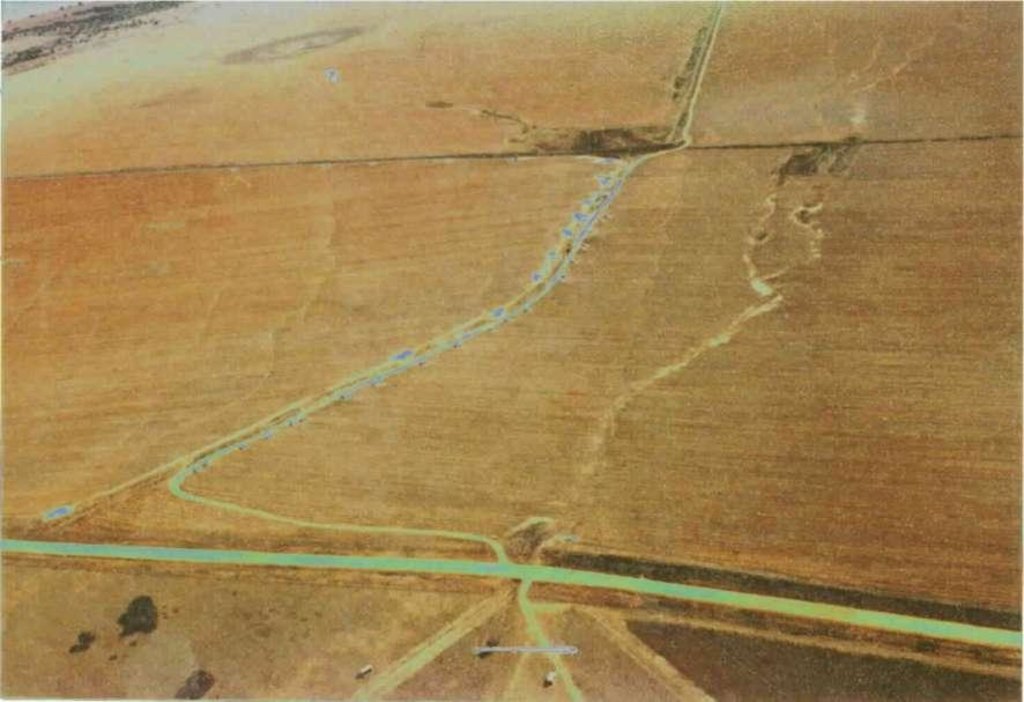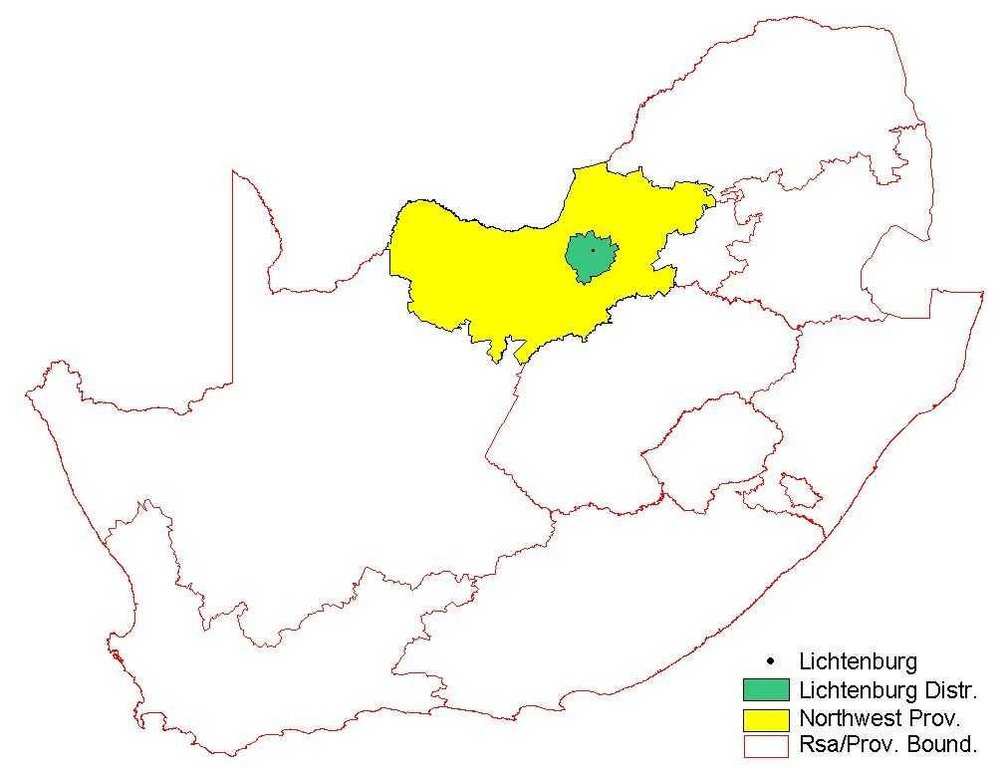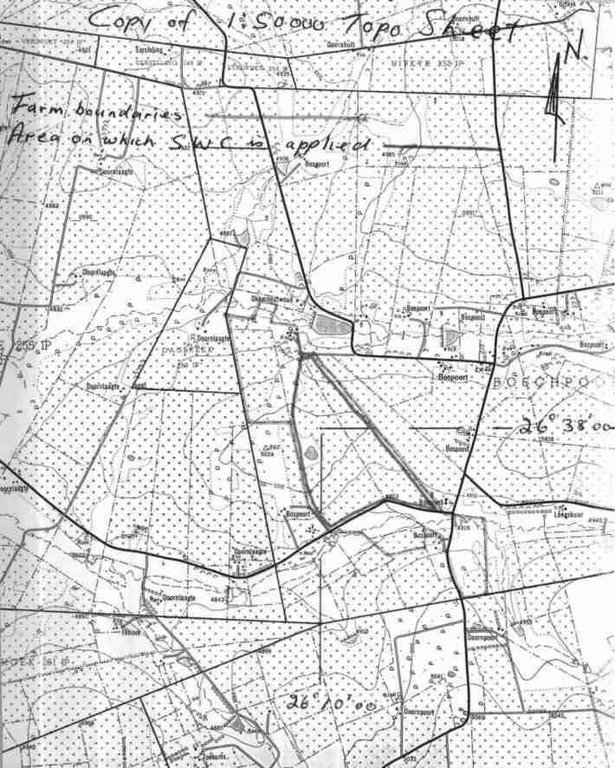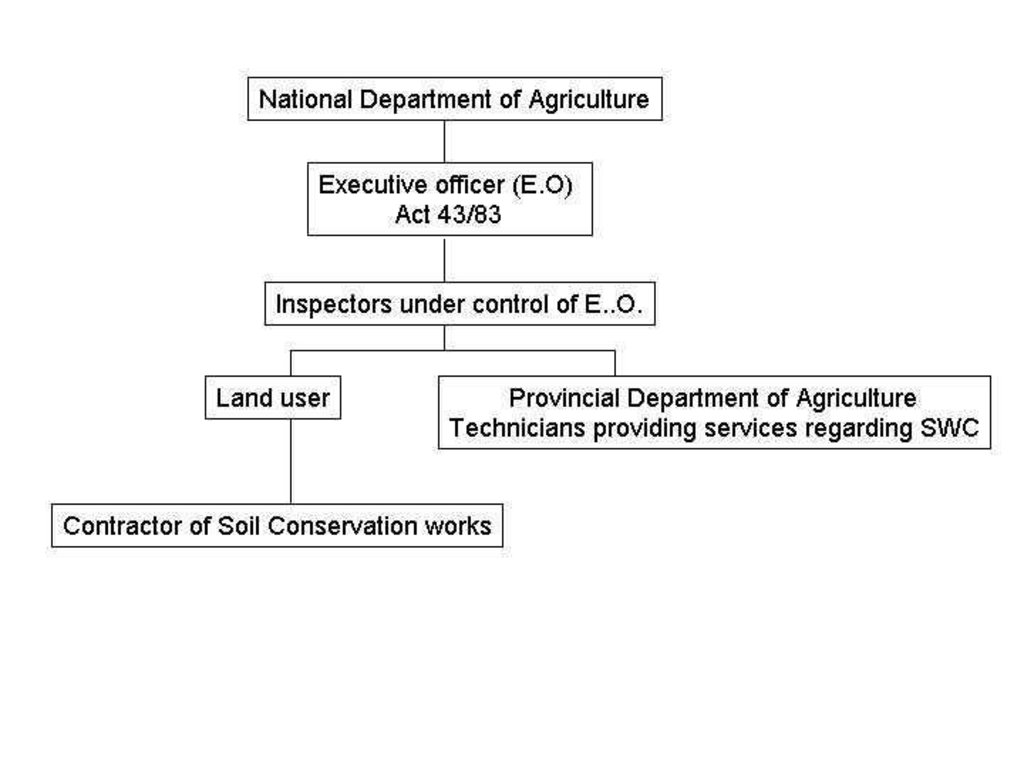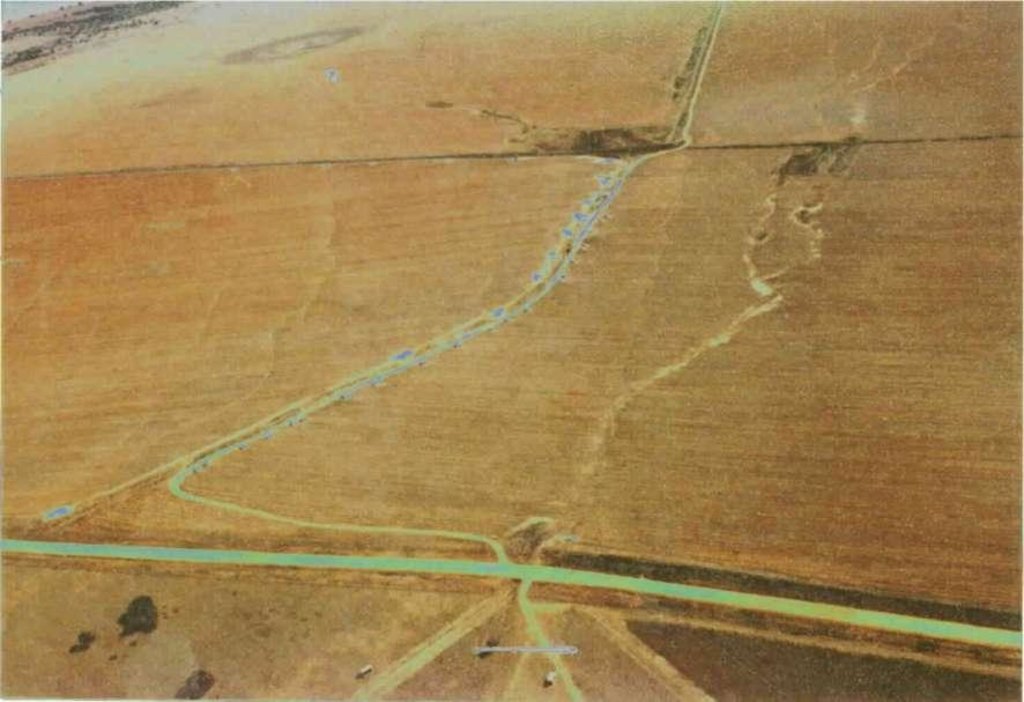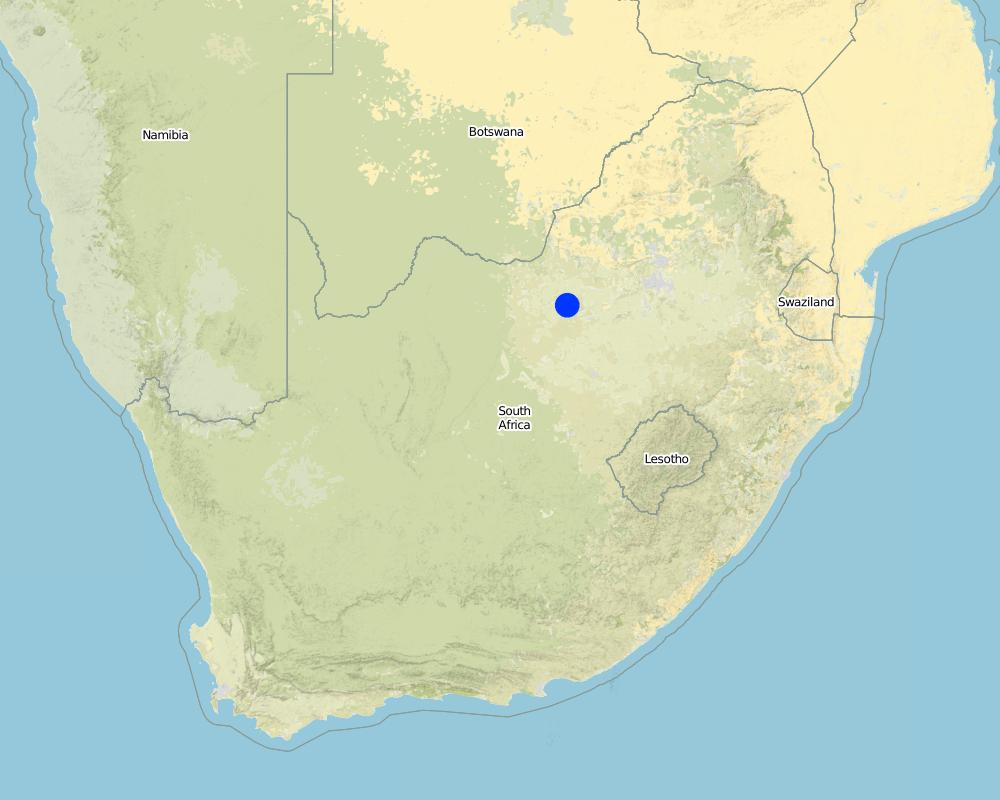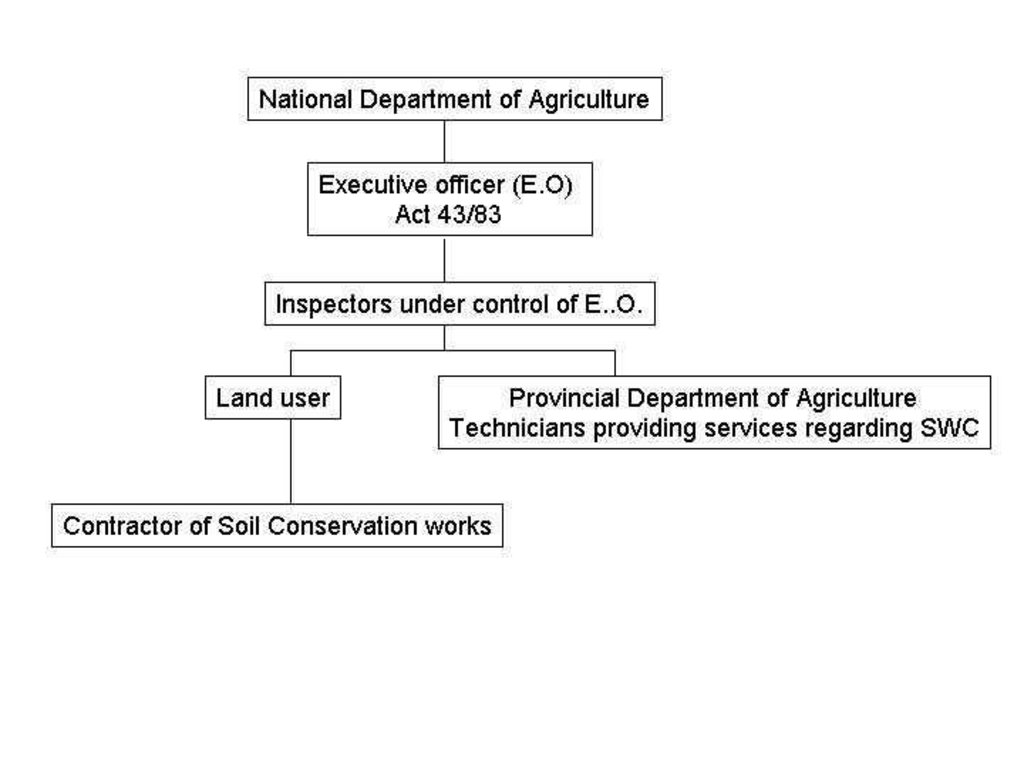All participant - Law enforcement [南非]
- 创建:
- 更新:
- 编制者: Pieter J. Theron
- 编辑者: –
- 审查者: Fabian Ottiger
approaches_2647 - 南非
查看章节
全部展开 全部收起1. 一般信息
1.2 参与方法评估和文件编制的资源人员和机构的联系方式
1.3 关于使用通过WOCAT记录的数据的条件
编制者和关键资源人员接受有关使用通过WOCAT记录数据的条件。:
是
1.4 SLM技术问卷的参考
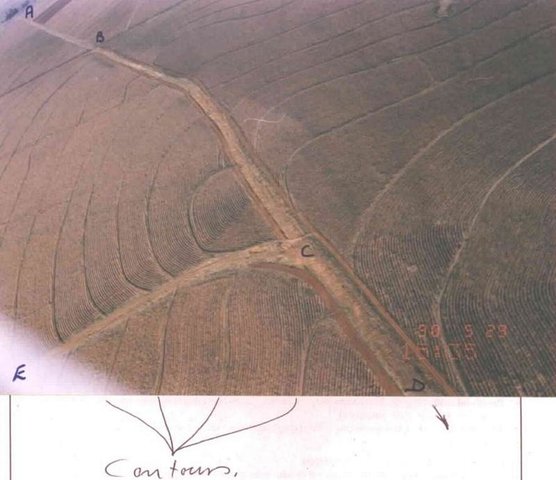
Water run-off control plan on cultivated land [南非]
Artificially built watercourses with contour banks with a specific gradient
- 编制者: Ursula Gaemperli
2. SLM方法的描述
2.1 该方法的简要说明
Ordering a land user through the act to implement the SWC.
2.2 该方法的详细说明
该方法的详细说明:
Aims / objectives: The overall purpose of this approach was (and still is) to make the land user aware of SWC, as it was obvious that he does not intend to solve the problem of soil erosion by himself. The objective was to convince the land user to implement the technology (water run-off control planning) by building the necessary soil conservation works (via watercourses and contours and explaining in detail to him what this technology comprises:
Stages of implementation: first to make the necessary surveys from which the watercourses could be designed, then to construct the watercourse. Thirdly the watercourses must be established with a perennial grass and lastly the land user must see to it that the necessary contours are surveyed and constructed and maintained. It was also explained to the land user (farmer) that the Provincial Department of Agriculture Technical division could provide him with services regarding the planning surveying and design of the soil conservation works. The major objective was to convince the farmer that if he did not comply with the directive, legal steps could be taken against him. Fortunately, he was convinced and put in an application for a water run-off control plan after he harvested his crop in 1992. Due to a shortage in personnel, surveying only started in November 1993.
2.3 该方法的照片
2.5 采用该方法的国家/地区/地点
国家:
南非
区域/州/省:
North West Province
Map
×2.6 该方法的开始和终止日期
注明开始年份:
1991
终止年份(若不再采用该方法):
1995
2.7 方法的类型
- 基于项目/方案
2.8 该方法的主要目的/目标
The Approach focused on SLM only
1.) Construction of watercourses 2.) Establish grass in the watercourses 3.) Construction of contours
The SLM Approach addressed the following problems: The attitude of the farmer and to prevent conflict. To convince the farmer to give his co-operation without treading him with legal steps.
2.9 推动或妨碍实施本办法所适用的技术的条件
社会/文化/宗教规范和价值观
- 阻碍
Poor conservation ethic, resistance to change
Treatment through the SLM Approach: Discussions
财务资源和服务的可用性/可得性
- 阻碍
This technology can be expensive although being subsides by government
Treatment through the SLM Approach: Subsidies
法律框架(土地使用权、土地和水使用权)
- 启动
The existing land ownership, land use rights / water rights greatly helped the approach implementation: The importance of the owners responsibility to contribute towards sustainability for the benefit of descendants.
了解SLM,获得技术支持
- 阻碍
Lack of technical knowledge on how to solve the problem
Treatment through the SLM Approach:
3. 相关利益相关者的参与和角色
3.1 该方法涉及的利益相关者及其职责
- 当地土地使用者/当地社区
Only one farmer
- 地方政府
Provincial Government to deliver services and administrate the scheme
- 国家政府(规划者、决策者)
Responsible for law enforcement
3.2 当地土地使用者/当地社区参与该方法的不同阶段
| 当地土地使用者/当地社区的参与 | 指定参与人员并描述活动 | |
|---|---|---|
| 启动/动机 | 无 | |
| 计划 | 无 | |
| 实施 | 无 | |
| 监测/评估 | 无 | |
| Research | 无 |
3.3 流程图(如可用)
3.4 有关SLM技术选择的决策
具体说明谁有权决定选择要实施的技术:
- 仅限SLM专家
解释:
directive (top-down). Directive from the act after discussed with the land user.
Decisions on the method of implementing the SLM Technology were made by by SLM specialists alone (top-down). directive (top-down). Including discussions with farmer
4. 技术支持、能力建设和知识管理
4.1 能力建设/培训
是否为土地使用者/其他利益相关者提供培训?:
是
培训形式:
- 农民对农民
涵盖的主题:
Informal regarding how to maintain the soil conservation works and how to cultivate the lands with contours.
4.2 咨询服务
土地使用者有权使用咨询服务吗?:
是
指明是否提供了咨询服务:
- 在土地使用者的土地上
说明/注释:
Convincing and persuasion; Key elements: Understanding of how the technology function, Important aspects of maintenance, Technical support free of charge; 1) Advisory service was carried out through: government's existing extension system 2) Advisory service was carried out through: government's existing extension system; Extension staff: mainly government employees 3) Target groups for extension: land users (one); Activities: Explaining how the technology function.
Advisory service is totally inadequate to ensure the continuation of land conservation activities; A huge amount of cultivated land needs protection through this technology. The government cannot offer enough personnel to deliver the service.
4.4 监测和评估
监测和评估是该方法的一部分吗?:
是
注释:
technical aspects were ad hoc monitored through observations
area treated aspects were ad hoc monitored through observations
There were several changes in the Approach as a result of monitoring and evaluation: The farmer is well informed how the technology function as well as how to maintain it.
5. 融资和外部物质支持
5.1 该方法中SLM组成部分的年度预算
如果不知道准确的年度预算,请给出一个范围:
- 2,000-10,000
注释(例如主要的资助来源/主要捐助者):
Approach costs were met by the following donors: government (national - Subsidy scheme): 70.0%; other (land owner (farmer)): 30.0%
5.3 对特定投入的补贴(包括劳动力)
如果土地使用者的劳动力是一项重要的投入,那么是不是:
- 以现金支付
注释:
Contractor
5.4 信用
是否根据SLM活动的方法给予信用值?:
否
6. 影响分析和结论性陈述
6.1 方法的影响
该方法是否帮助土地使用者实施和维护SLM技术?:
- 否
- 是,很少
- 是,中等
- 是,支持力度很大
The farmer experienced that normal rainfall is evenly spreaded. In cases of heavy rain storms the soil is effectively protected against erosion.
Did other land users / projects adopt the Approach?
- 否
- 是,很少
- 是,中等
- 是,支持力度很大
This approach is also applied on overgrazing deduced weeds and other problems regarding resource conservation.
6.3 方法活动的可持续性
土地使用者能否维持通过该方法实施的措施(无外部支持的情况下)?:
- 否
若否或不确定,请具体说明并予以注释:
Not the approach itself but the effect of the approach.
6.4 该方法的长处/优点
| 土地使用者眼中的长处/优势/机会 |
|---|
| Trigger what he already planned to do and implement the technology (How to sustain/ enhance this strength: Sound maintenance) |
| 编制者或其他关键资源人员认为的长处/优势/机会 |
|---|
| Supported by legislation (How to sustain/ enhance this strength: Sound persuasion skills) |
6.5 该方法的弱点/缺点以及克服它们的方法
| 土地使用者认为的弱点/缺点/风险 | 如何克服它们? |
|---|---|
| Dislike of law enforcement | Sound persuasion skills from inspector |
| Resistance to cooperate | Sound persuasion skills from inspector |
| 编制者或其他关键资源人员认为的弱点/缺点/风险 | 如何克服它们? |
|---|---|
| Great possibility for confrontation | Sound persuasion skills |
7. 参考和链接
7.1 方法/信息来源
- 实地考察、实地调查
- 与土地使用者的访谈
链接和模块
全部展开 全部收起链接

Water run-off control plan on cultivated land [南非]
Artificially built watercourses with contour banks with a specific gradient
- 编制者: Ursula Gaemperli
模块
无模块



